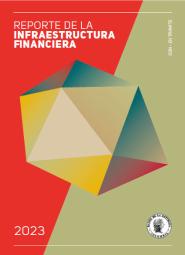Long run relationship between biological well being, and economic development in Colombia
La serie Borradores de Economía es una publicación de la Subgerencia de Estudios Económicos del Banco de la República. Los trabajos son de carácter provisional, las opiniones y posibles errores son responsabilidad exclusiva del autor y sus contenidos no comprometen al Banco de la República ni a su Junta Directiva.
The series Borradores de Economía (Working Papers on Economics) contributes to the dissemination and promotion of the work by researchers from the institution. On multiple occasions, these works have been the result of collaborative work with individuals from other national or international institutions. This series is indexed at Research Papers in Economics (RePEc).
The opinions contained in this document are the sole responsibility of the author and do not commit Banco de la República or its Board of Directors.
Abstract
This paper explores the long run relationship between the physical stature of Colombians born during the twentieth century and several socio-economic development indicators using time series techniques. The econometric analysis is carried out considering three height measures: female’s height, male’s height, and the gender height dimorphism. The database comprises height information from the national identification cards for nearly 13 million persons born between 1910 and 1989: 6.283.452 men and 6.383.023 women. Results suggest the existence of a long-run relationship between all height measures and the economic variables included in the analysis. In general, the results indicate that improvements in the availability of better-quality food, and the reduction in food prices, measured by the degree of openness and by infrastructure developments, as well as improvements in the economic conditions lead to increases in average height. Regarding gender height inequality, the results show that height dimorphism in absolute terms decreased during the twentieth century. However, the downward trend observed until the end of 1950s reversed at the beginning of the 1960s, despite the advances in the living conditions of women during this period. This result suggests that earlier improvements in the economic conditions benefited women more than men, given the considerable gender gap in education, health, and income at the beginning of the twentieth century. On the contrary, GDP growth during the second half of the twentieth had higher returns for men relative to women.




















































